 Shutterstock
Shutterstock
Many dog owners are familiar with the so-called “guilty look” that their dogs give after they’ve done something wrong. This classic expression—lowered head, drooping eyes, and a tucked tail—suggests the dog knows they’ve misbehaved. However, what may look like guilt to humans can be driven by a range of emotions that are far more complex and varied than we realize. Dogs, like humans, experience a wide array of feelings, and their guilty look may not always be what it seems.
Submission and Appeasement
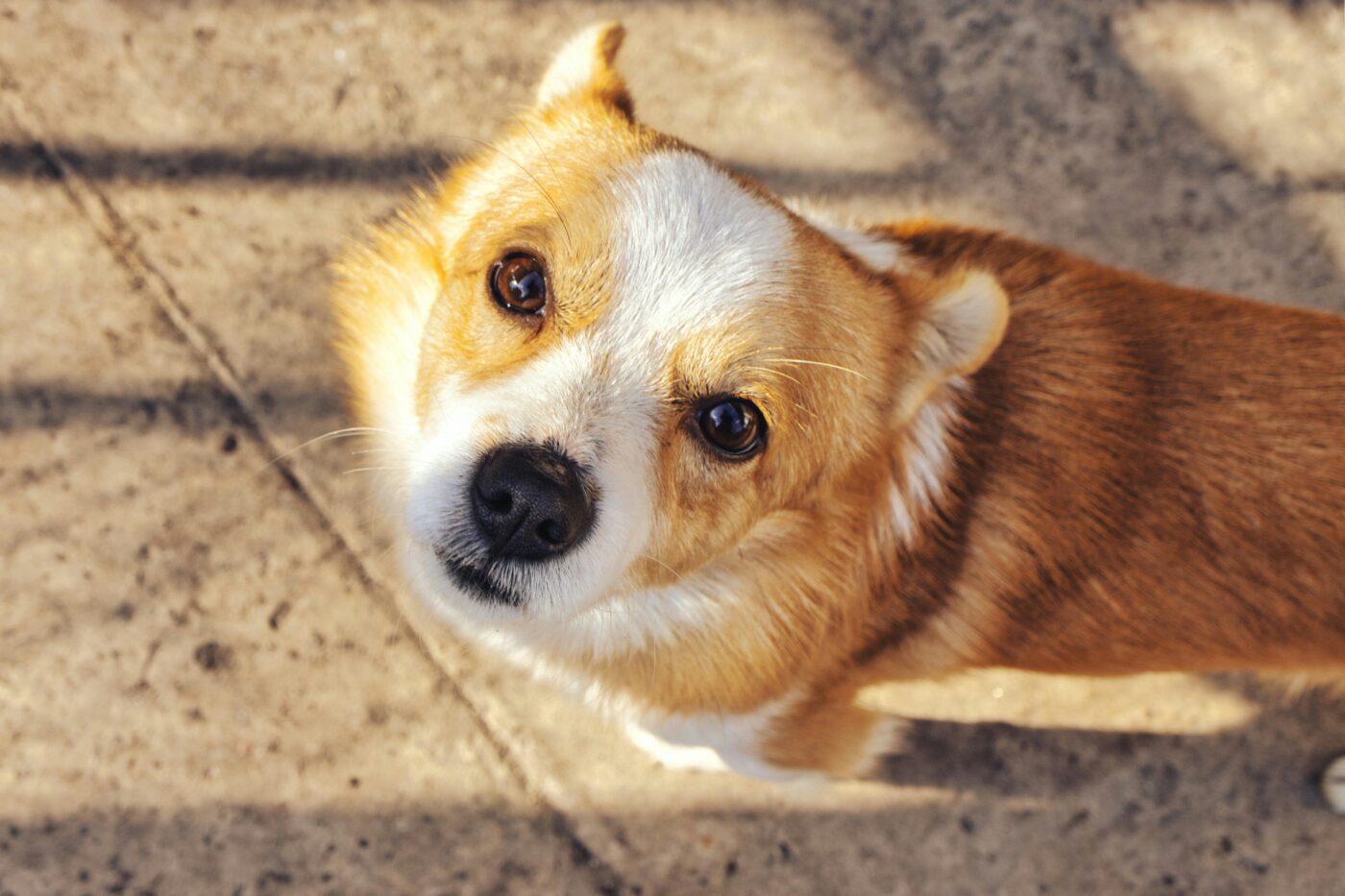 Shutterstock
Shutterstock
One of the primary emotions behind a dog’s guilty look is submission. Dogs are pack animals with a hierarchical structure, and showing submission is a way to maintain harmony within the group. When your dog gives you that guilty look, they may be displaying appeasement behavior to diffuse a situation they perceive as tense. The lowered head, tucked tail, and averted eyes signal they are not a threat and seek to avoid conflict. In these moments, they are likely responding to your body language or tone rather than feeling guilt.
Fear of Punishment
 Shutterstock
Shutterstock
Another emotion that can manifest as a guilty look is fear of punishment. If your dog has been scolded in the past for misbehaving, they may associate certain actions or objects (like a chewed-up shoe) with negative consequences. When they exhibit a guilty expression, they may anticipate a reprimand or punishment rather than feeling remorse. In these cases, the look is more about fear and anxiety than guilt. Understanding this dynamic is crucial for training, as punishing a dog after the fact can lead to confusion rather than corrective behavior.
Anxiety Over Human Reactions
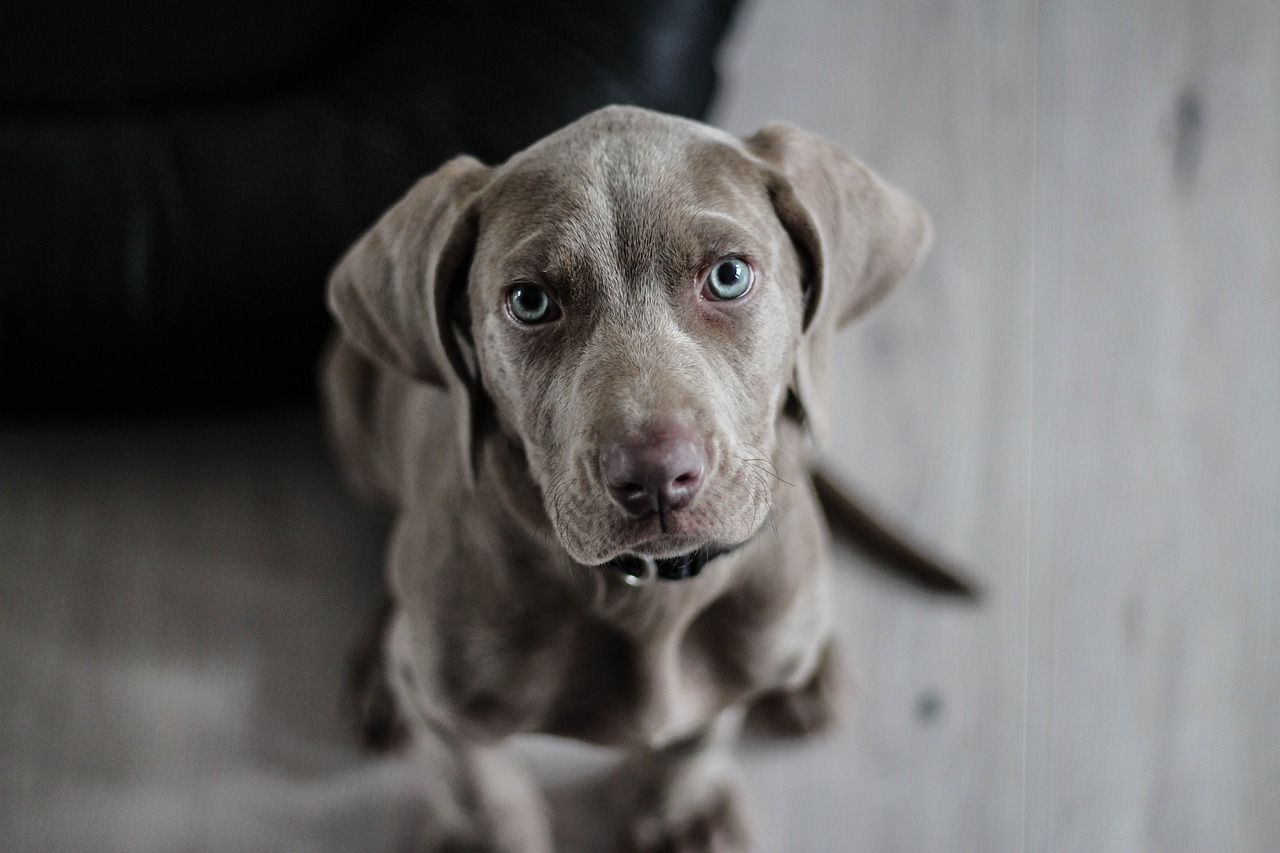 Shutterstock
Shutterstock
Dogs are incredibly in tune with their owner’s emotions, and they often mirror the energy or stress they pick up from humans. If you come home upset and discover a mess, your dog may sense your anger or frustration and react with an anxious expression. The guilty look in this scenario is less about their awareness of wrongdoing and more about their response to your emotional state. Dogs thrive on harmonious relationships with their humans, and when they detect tension, they may respond with anxious behaviors like the guilty expression as a way to mitigate the situation.
Confusion and Uncertainty
 Shutterstock
Shutterstock
Sometimes, dogs look guilty simply because they are confused or uncertain about what’s happening. If a dog has no clear understanding of why they’re being scolded or what they did wrong, they may adopt a submissive stance as a way to appease their owner. Dogs thrive on routine and clear communication; when those elements are disrupted, they may respond with confusion. This guilty look often reflects their uncertainty about the situation, and they’re trying to navigate the interaction with their owner by defaulting to submissive behavior.
Desire for Reassurance
 Shutterstock
Shutterstock
Dogs seek connection and reassurance from their humans; the guilty look can sometimes be a plea for comfort. After doing something they perceive as wrong, dogs may look to their owners for reassurance, hoping to mend the relationship and restore balance. The expression of guilt may be less about their understanding of their actions and more about their desire to receive positive feedback or affection from their owner. This behavior speaks to the strong emotional bond between dogs and their humans, as dogs are highly motivated to maintain social harmony within their pack.
Awareness of Displeasure
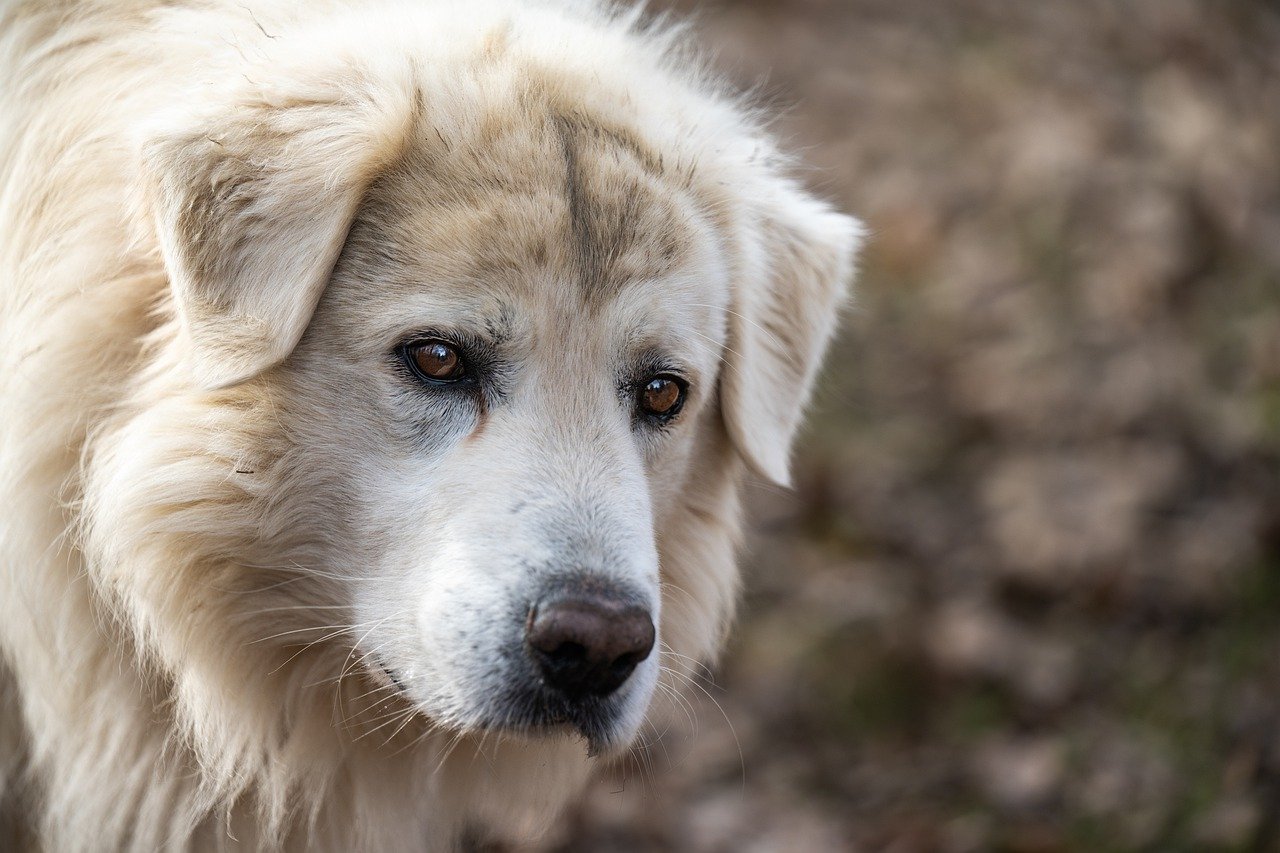 Shutterstock
Shutterstock
While dogs may not fully understand the concept of guilt as humans do, they can certainly pick up on their owner’s displeasure. If a dog senses their owner is unhappy or angry, it may display a guilty look to acknowledge the tension. This response is rooted in the dog’s emotional sensitivity to human cues rather than an understanding of guilt. Dogs may be unable to connect their specific action to their owner’s reaction, but they are adept at reading emotional signals. They will often act submissive to alleviate any perceived conflict.
Empathy and Emotional Bonding
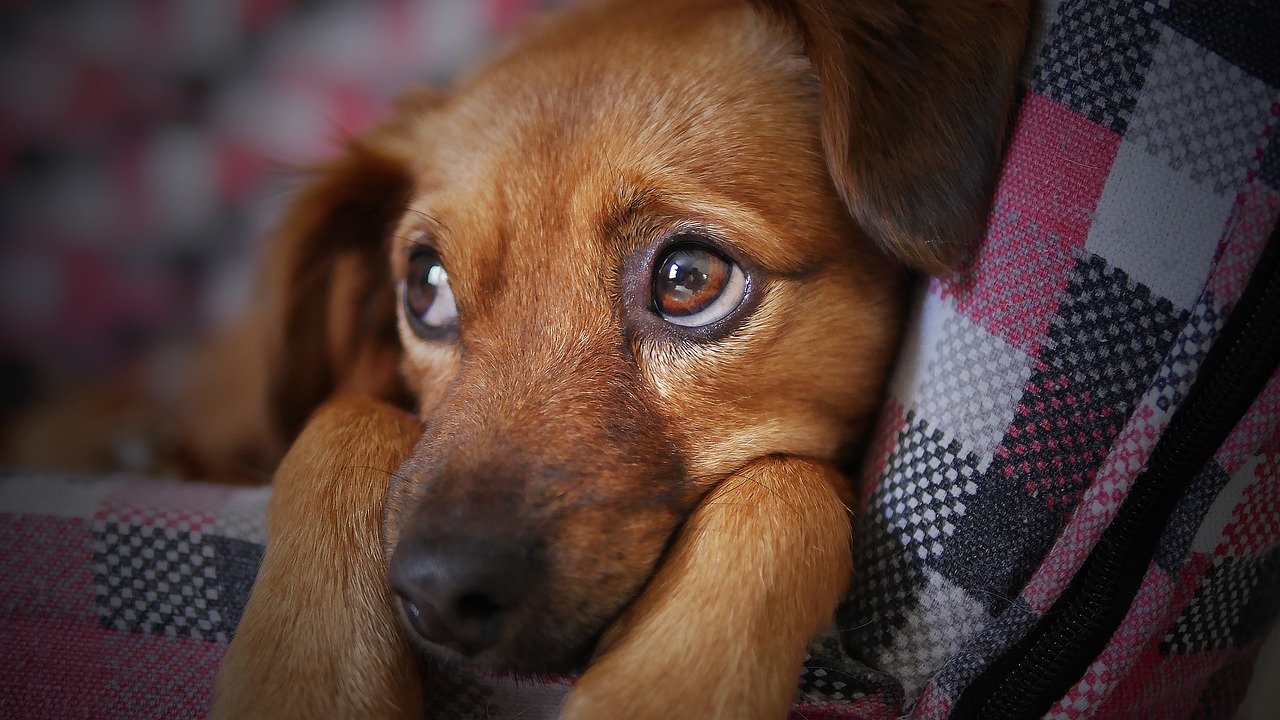 Shutterstock
Shutterstock
Dogs are incredibly empathetic creatures and can sense when their owner is upset or distressed. The guilty look may reflect their empathetic nature, as they respond to their owner’s negative emotions by displaying submissive or appeasing behavior. This response strengthens the emotional bond between dog and owner, as the dog tries to comfort or soothe their human. Dogs’ empathetic connection with their owners is a powerful force, and the guilty look may be their way of showing support in emotionally charged situations.
Seeking Forgiveness
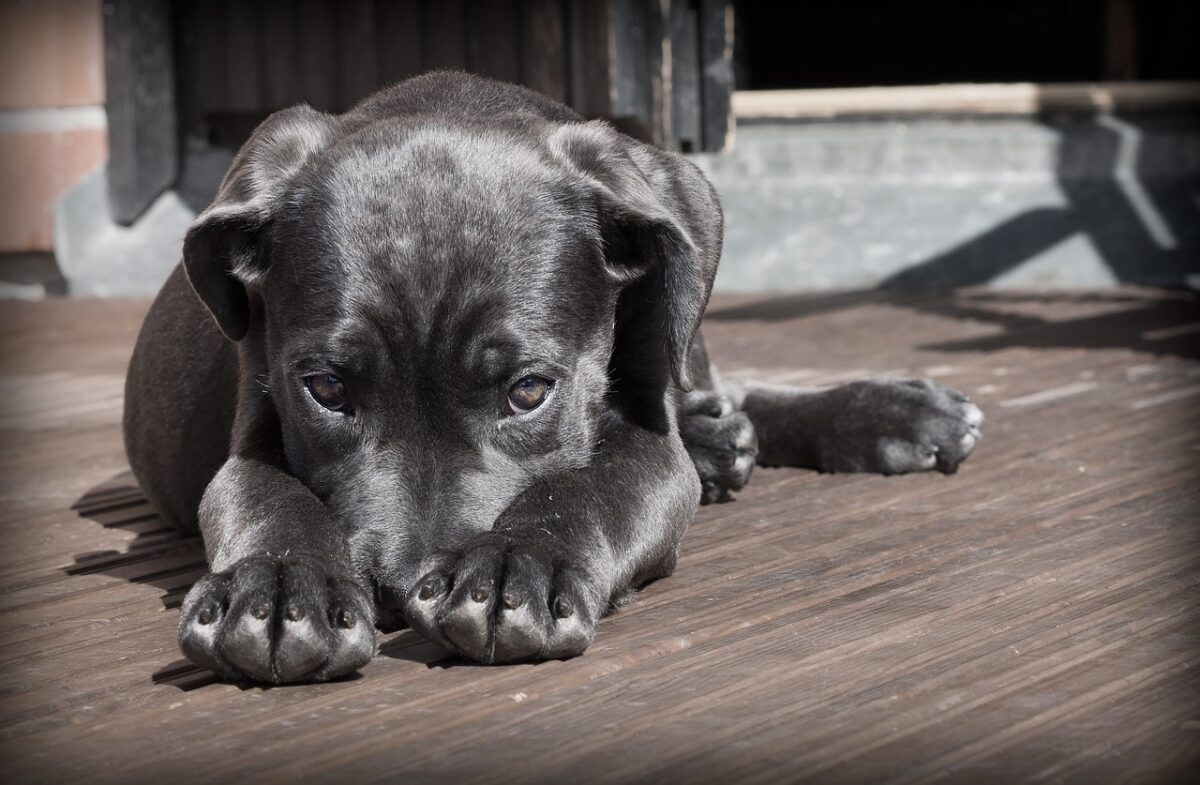 Shutterstock
Shutterstock
Another reason for the guilty look is that dogs are seeking forgiveness. They may not fully comprehend why their actions were wrong, but they understand when their owners are displeased. In response, dogs may offer appeasing gestures like the guilty expression to restore the relationship and receive positive feedback. This seeking of forgiveness is less about guilt and more about the desire to please and make amends. Dogs are social animals and rely on their pack’s approval, which drives their motivation to repair any rift caused by their actions.
Instinctual Submission to Authority
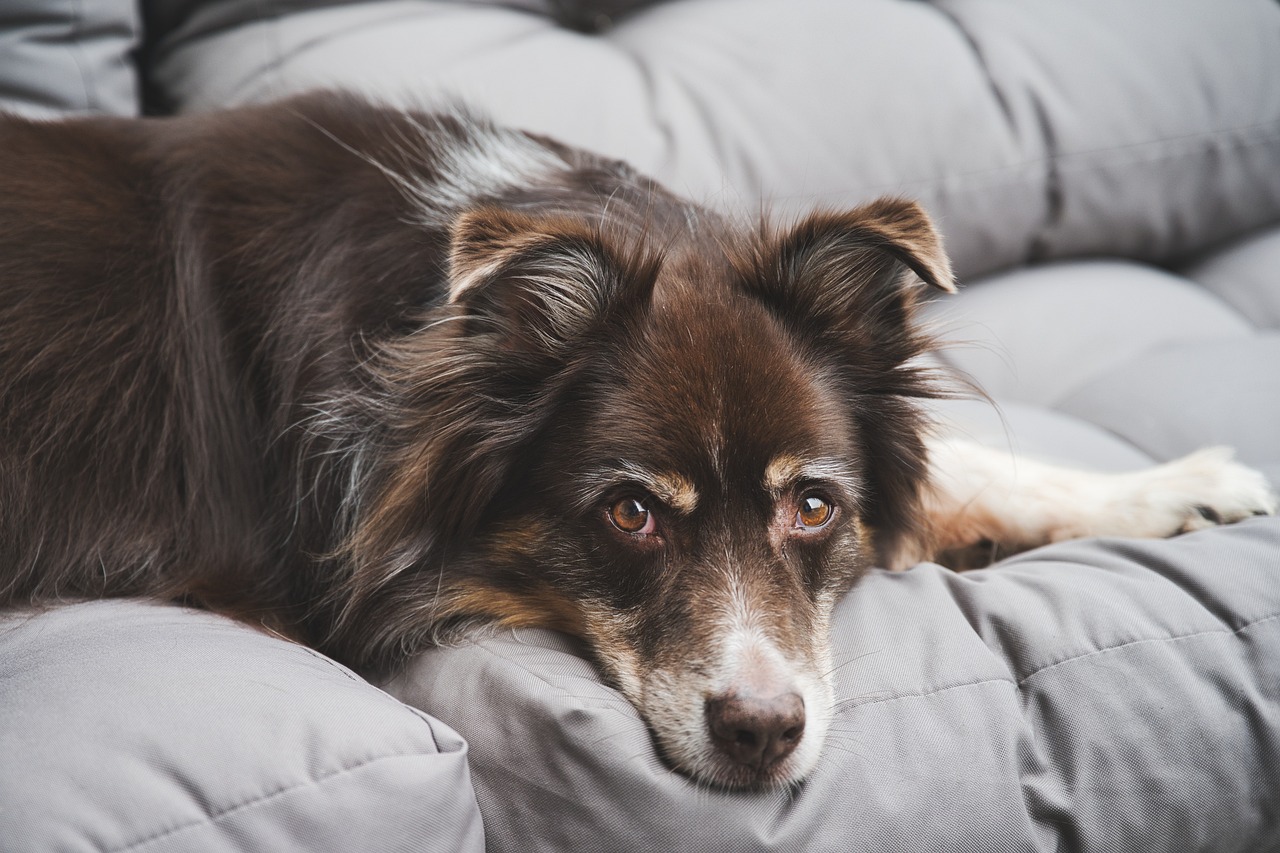 Shutterstock
Shutterstock
The guilty look can also be tied to a dog’s instinctual submission to authority figures. In the wild, pack dynamics require members to respect the alpha, and this instinct persists in domesticated dogs. When a dog senses that their owner, the “alpha,” is upset, it may respond with submissive gestures to show respect and acknowledge the authority. In this case, the guilty look is a way for the dog to signal that they accept their lower position in the hierarchy and do not want to challenge their owner’s dominance.
Memory of Past Reprimands
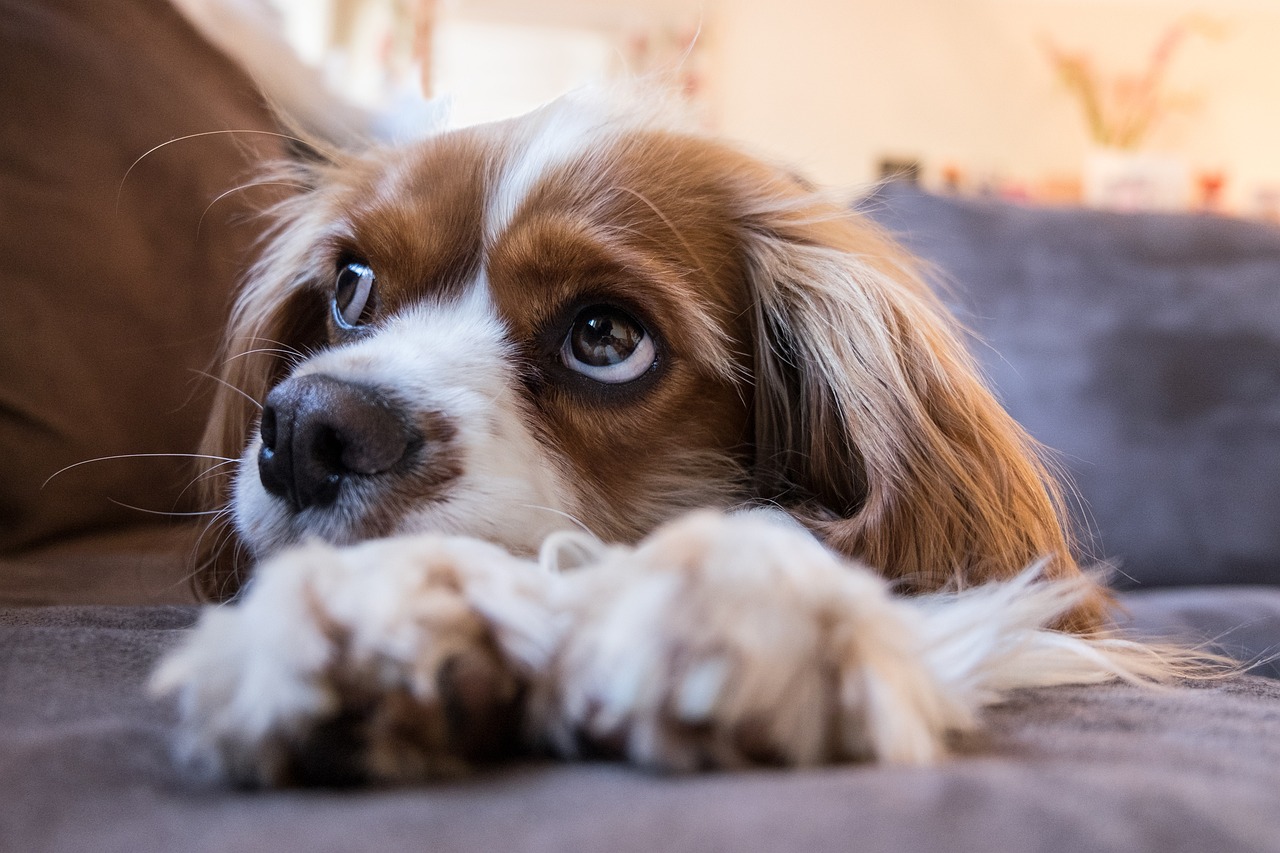 Shutterstock
Shutterstock
Dogs have excellent memories, and if they’ve been reprimanded for certain behaviors in the past, they may remember the consequences even if the situation has changed. When faced with a similar scenario—like finding a chewed-up item—they may display the guilty look as a conditioned response based on past experiences. This behavior is not necessarily tied to guilt but to their memory of being scolded. The guilty expression becomes a learned response, anticipating the reaction based on what happened before.
Misinterpretation of Human Cues
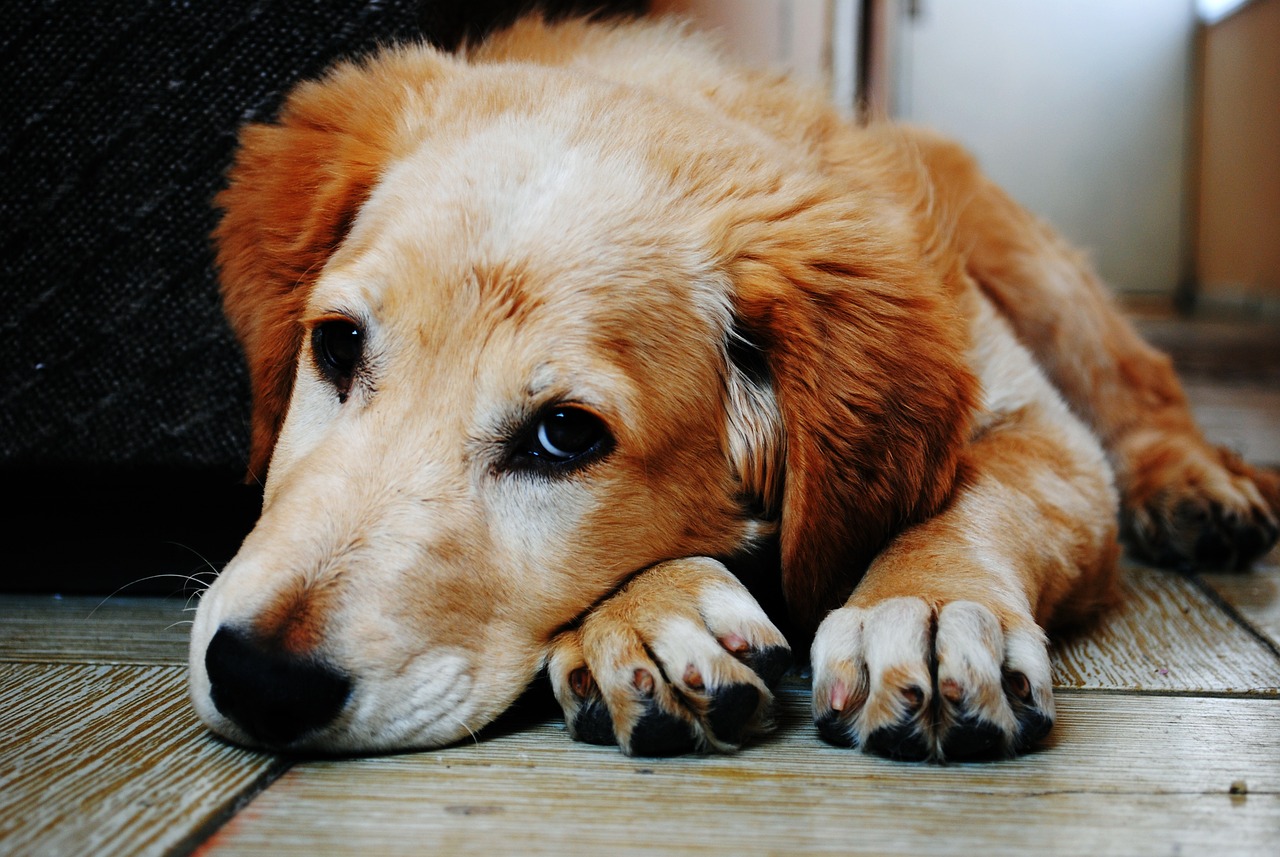 Shutterstock
Shutterstock
Sometimes, what we perceive as a guilty look is simply a dog’s attempt to interpret and respond to human body language or tone of voice. Dogs are highly attuned to their owners’ physical cues, and when they detect anger or disappointment, they may react with submissive behavior even if they don’t fully understand why. In these cases, the dog is reacting to the emotional climate of the moment, not to the specific behavior they’re being accused of. This misinterpretation of human cues can lead to the classic guilty look, even if the dog has done nothing wrong.
Stress Response to Conflict
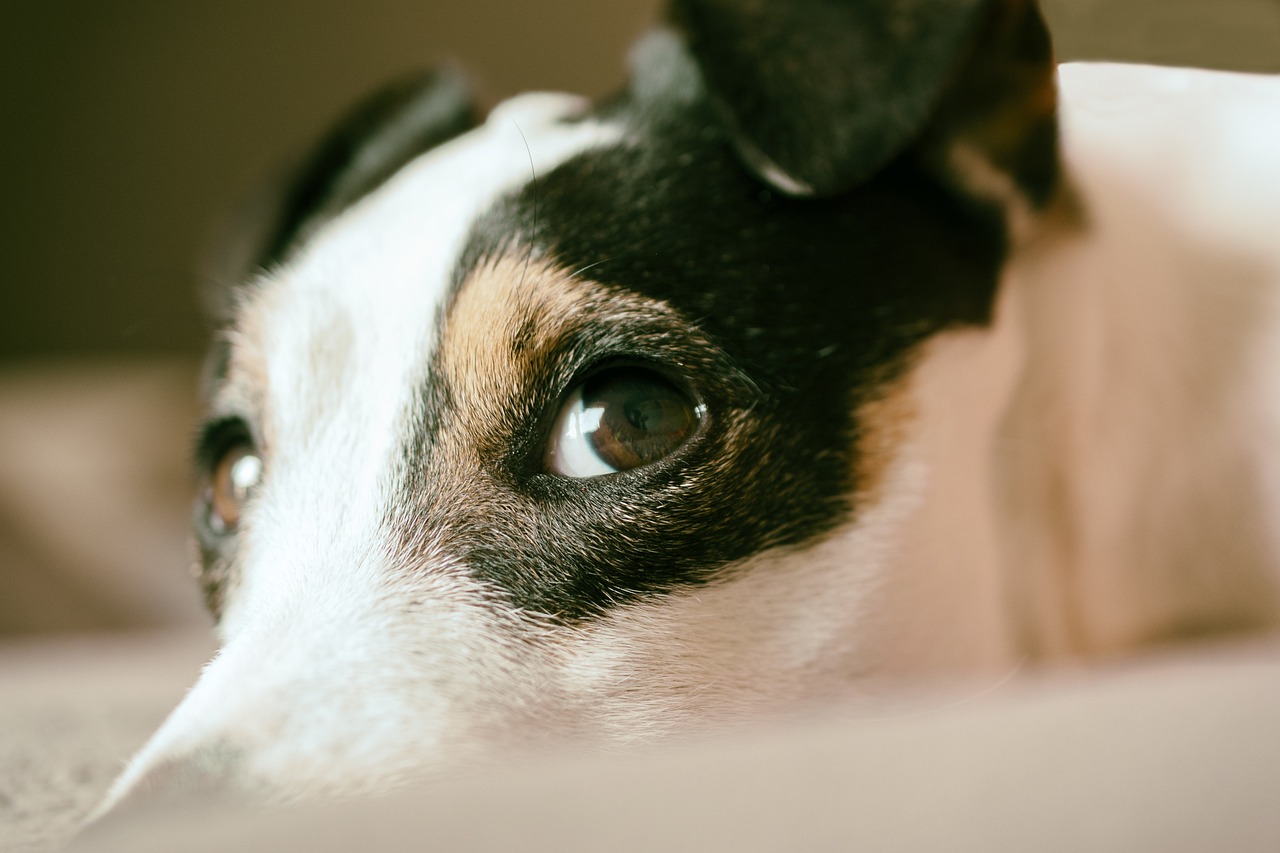 Shutterstock
Shutterstock
For some dogs, the guilty look may be a stress response to conflict or tension in the household. If a dog is exposed to arguments, raised voices, or other stressful situations, they may adopt a submissive posture to cope with the stress. The guilty look is not necessarily tied to any specific behavior but rather reflects the dog’s discomfort with the environment. In these situations, it’s important to consider the broader context of the dog’s behavior, as it may be a reaction to external stressors rather than guilt over a specific action.
Habitual Behavior from Positive Reinforcement
 Shutterstock
Shutterstock
Finally, the guilty look may become habitual if dogs receive positive reinforcement after displaying it. If a dog gives the guilty look and is subsequently comforted or reassured by their owner, they may learn to use this expression to elicit affection or attention. Over time, this behavior can become a default response whenever the dog senses tension or displeasure. In this case, the guilty look has evolved into a learned behavior, where the dog uses it as a strategy to seek comfort or approval from their owner.
The Complexity Behind the Guilty Look

The classic guilty look in dogs is not as straightforward as it seems. Rather than being a sign of guilt, it can be driven by a range of emotions, from fear and anxiety to empathy and submission. Understanding the feelings behind your dog’s guilty expression helps you better interpret their behavior and respond in ways that strengthen your bond. While it may seem like your dog feels guilty for misbehaving, the reality is that their emotional response is more complex, revealing the depth of their sensitivity and connection to you.

 1 month ago
13
1 month ago
13
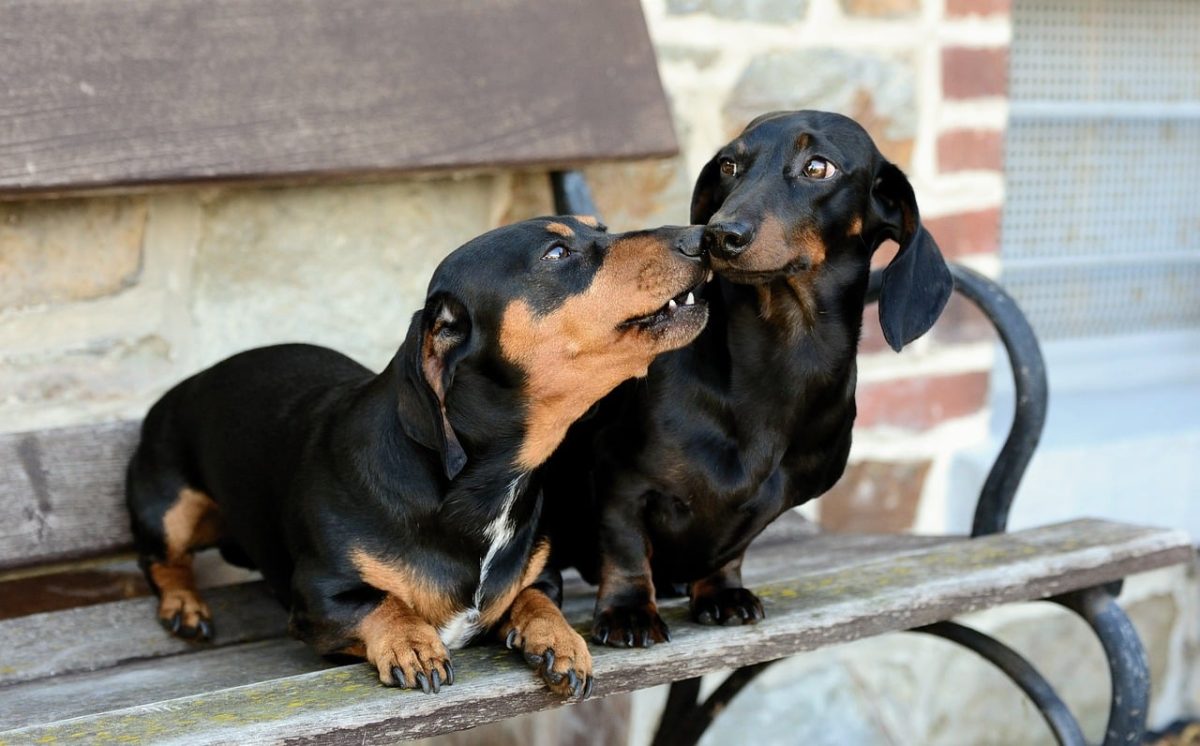
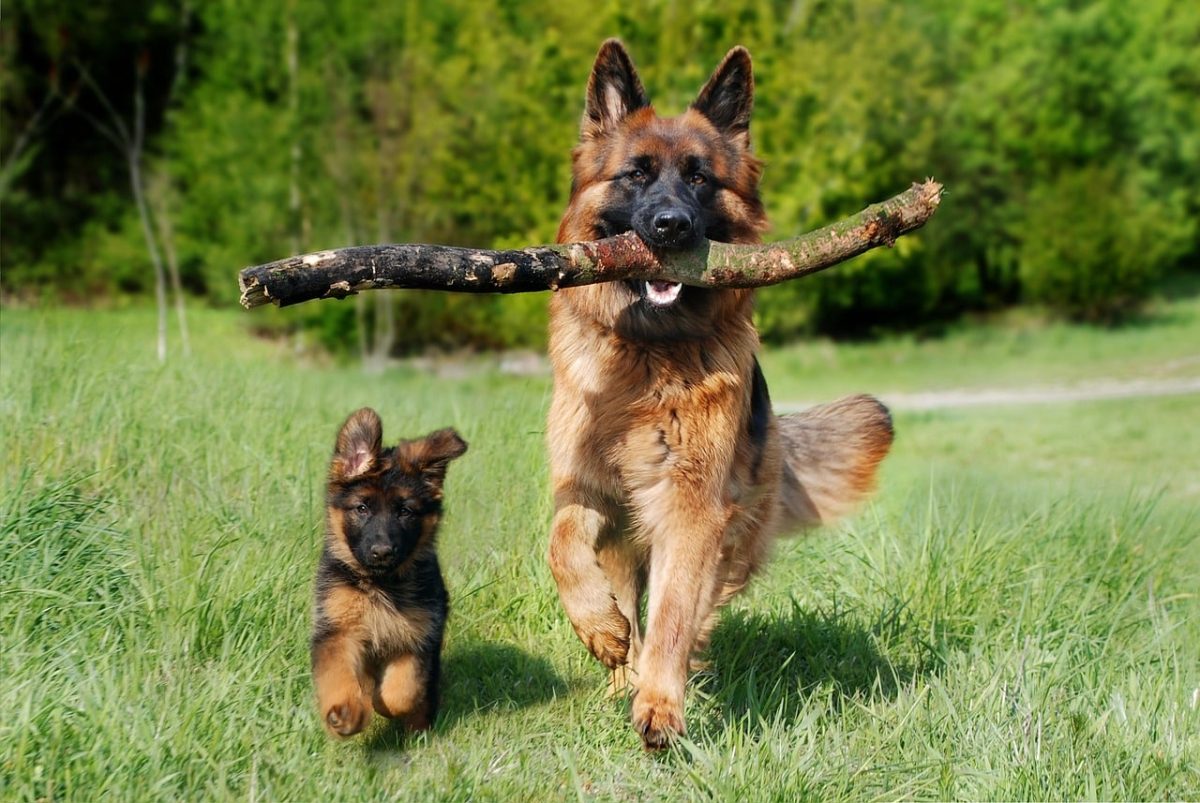

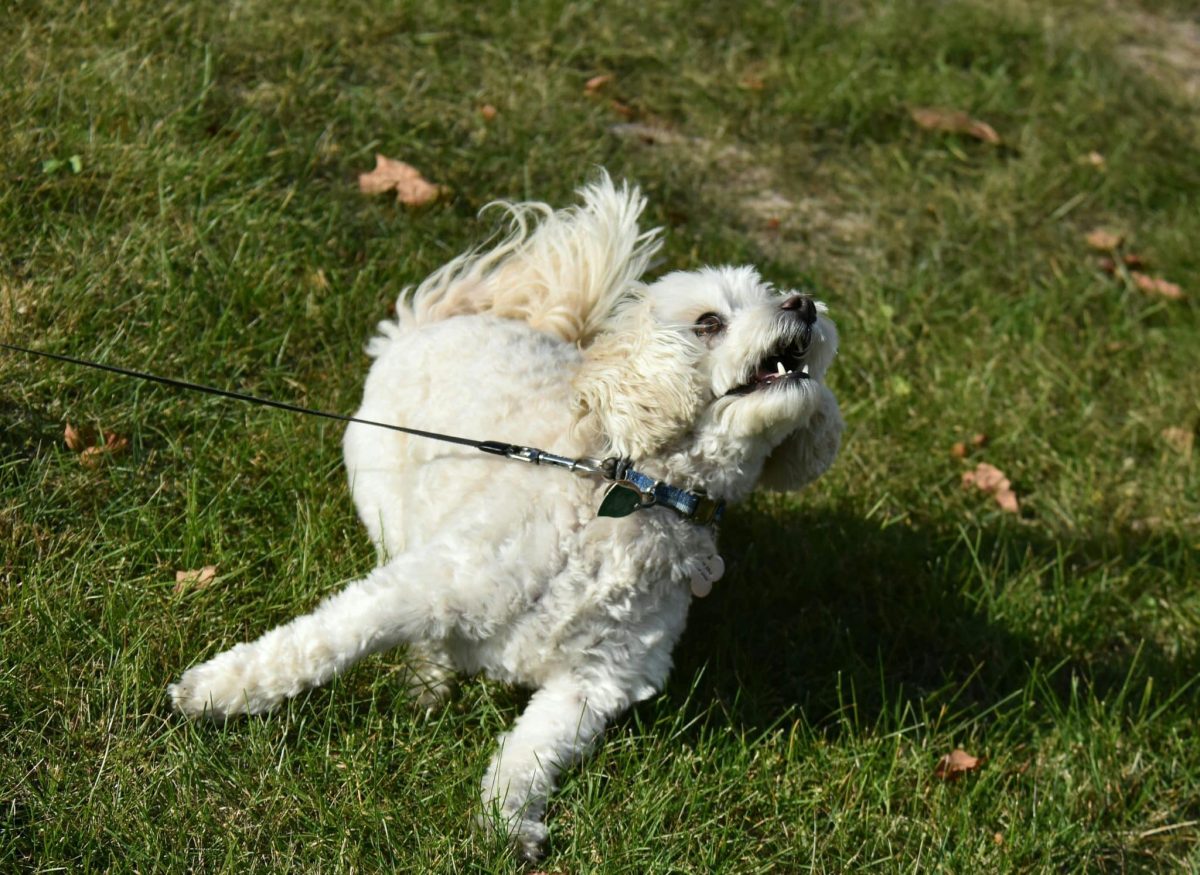
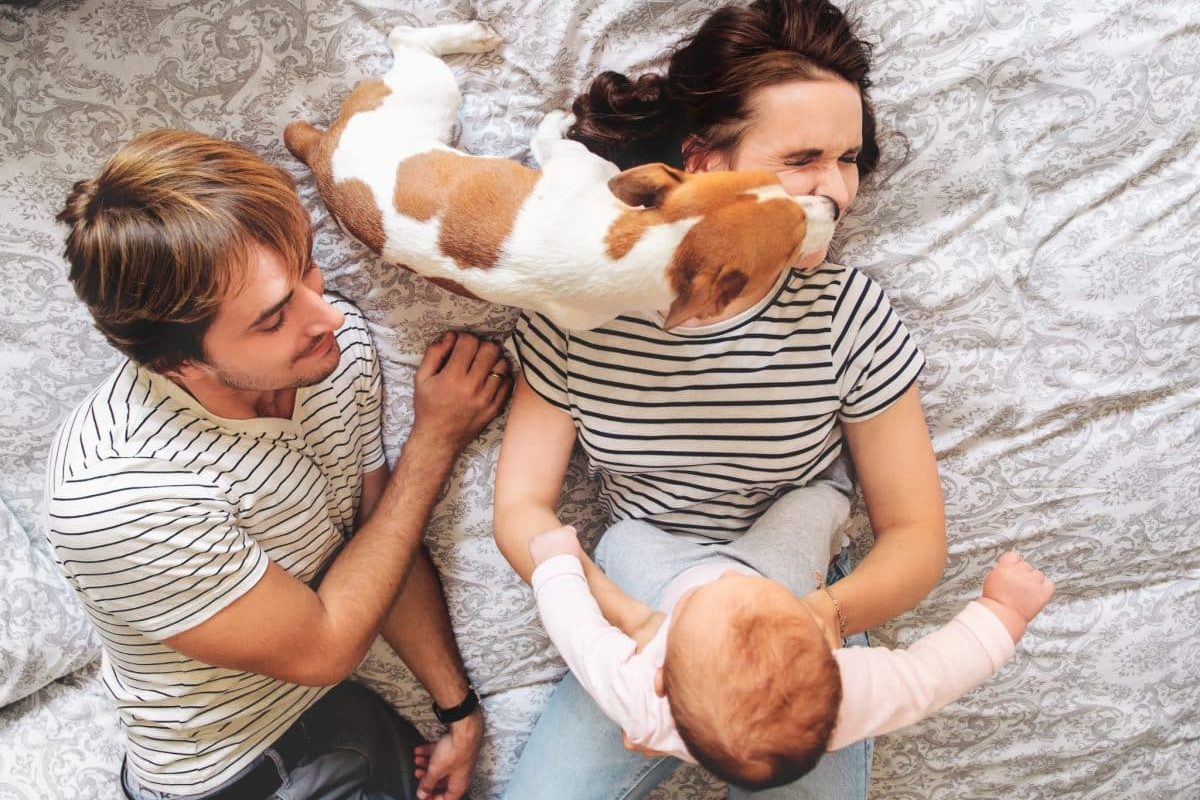
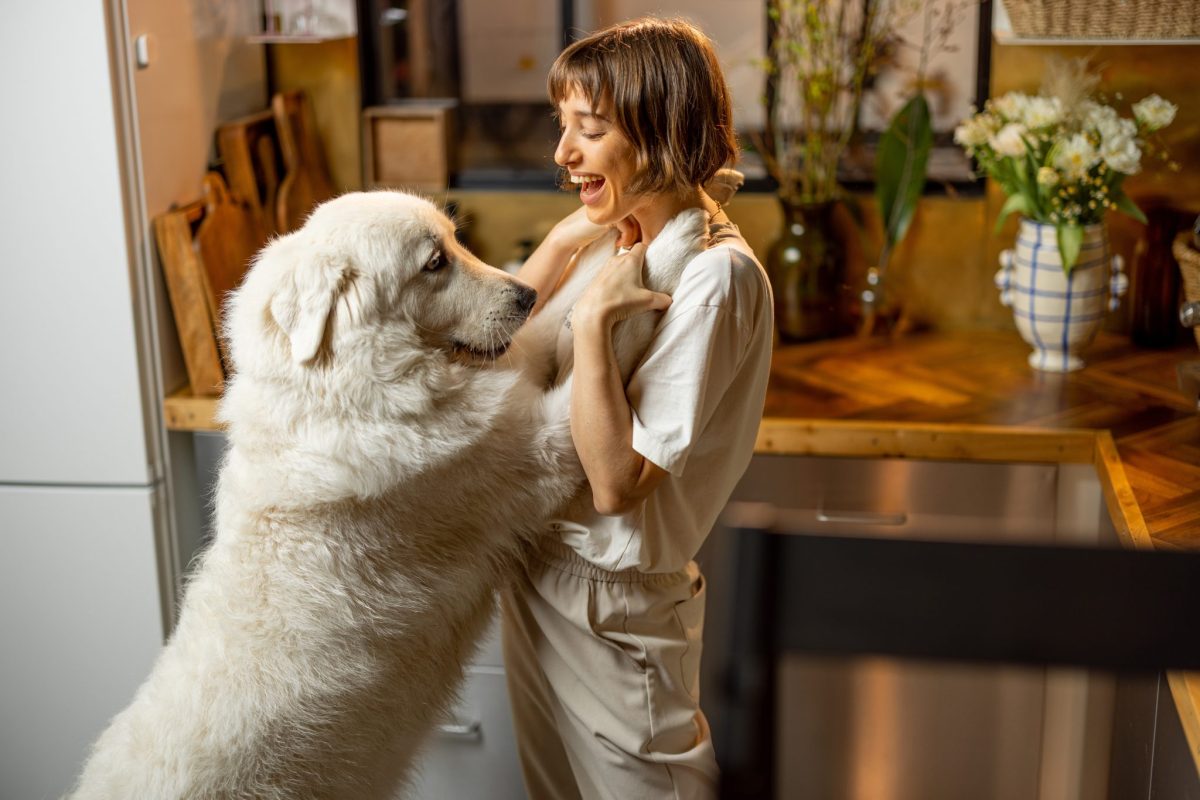

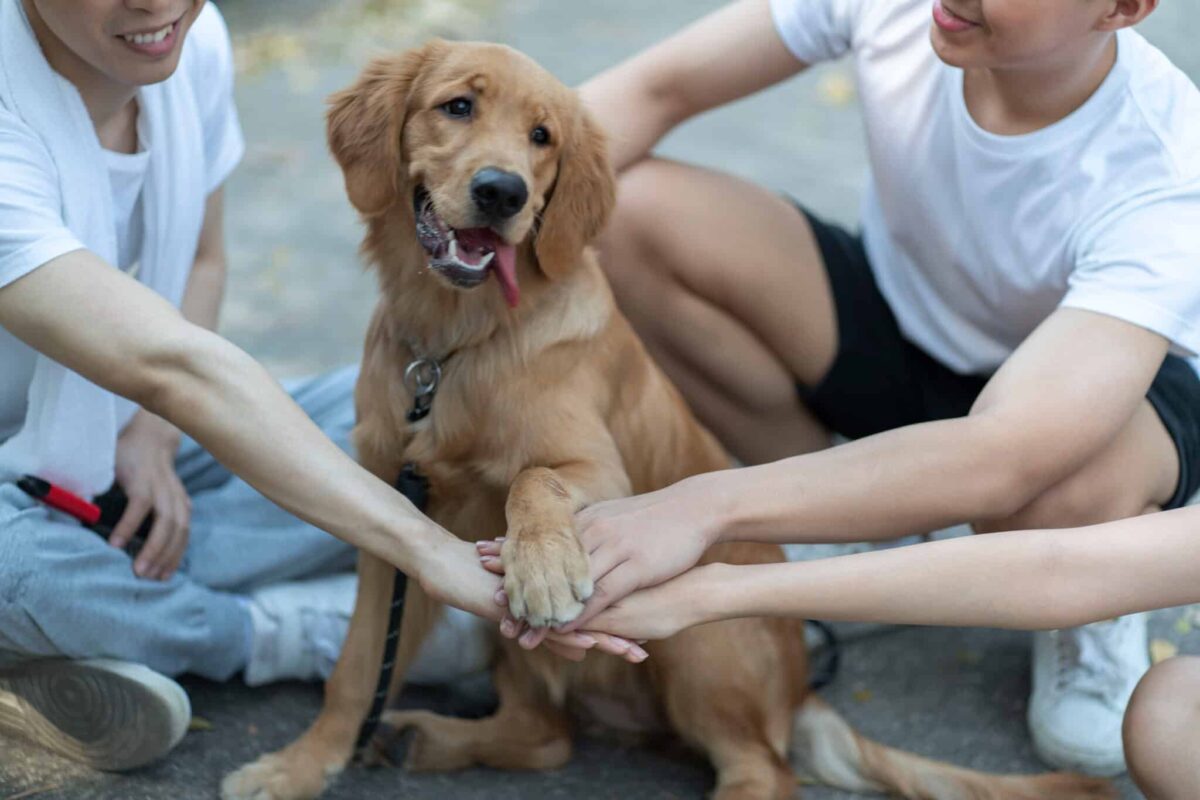



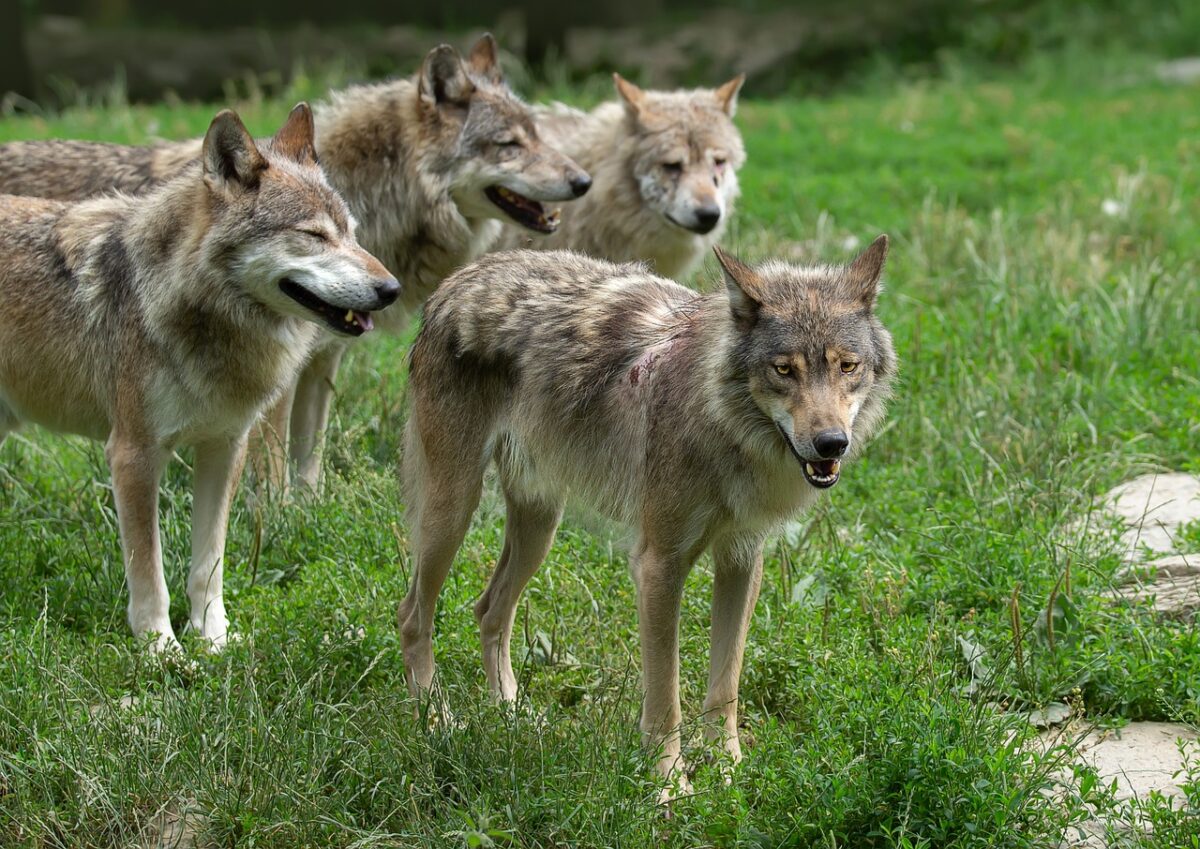
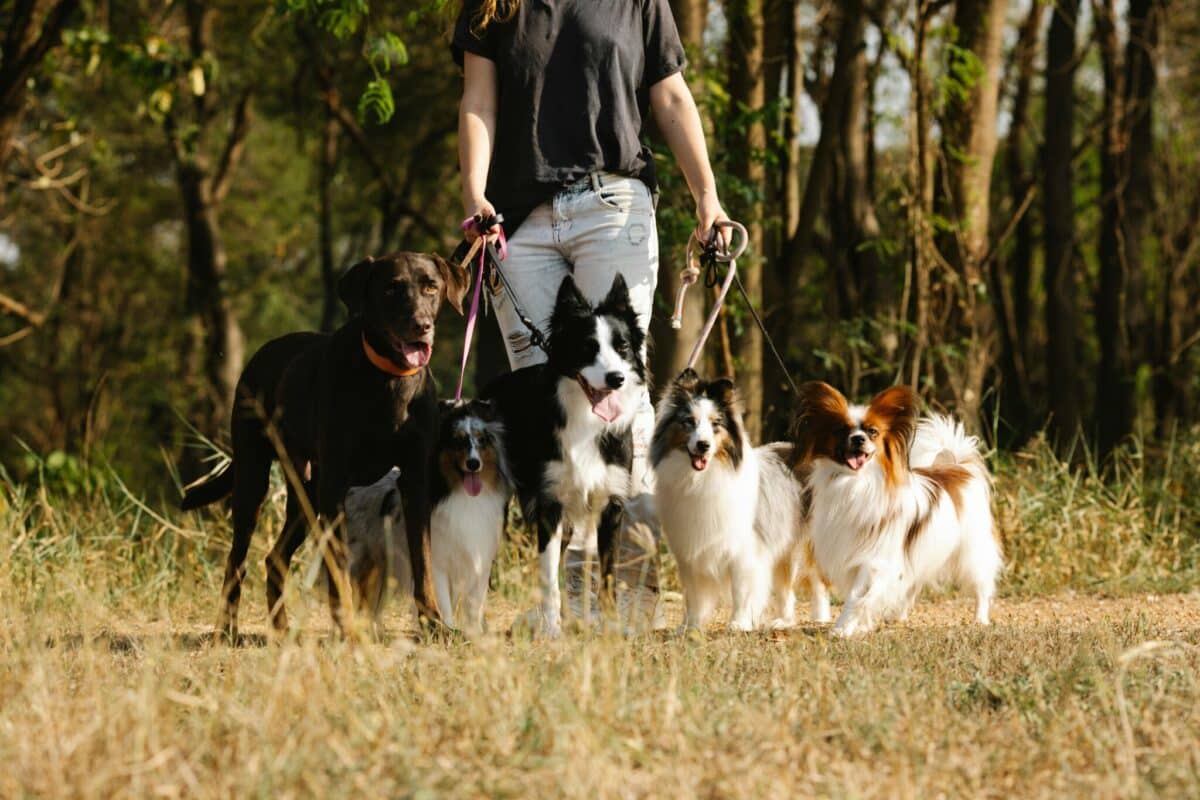




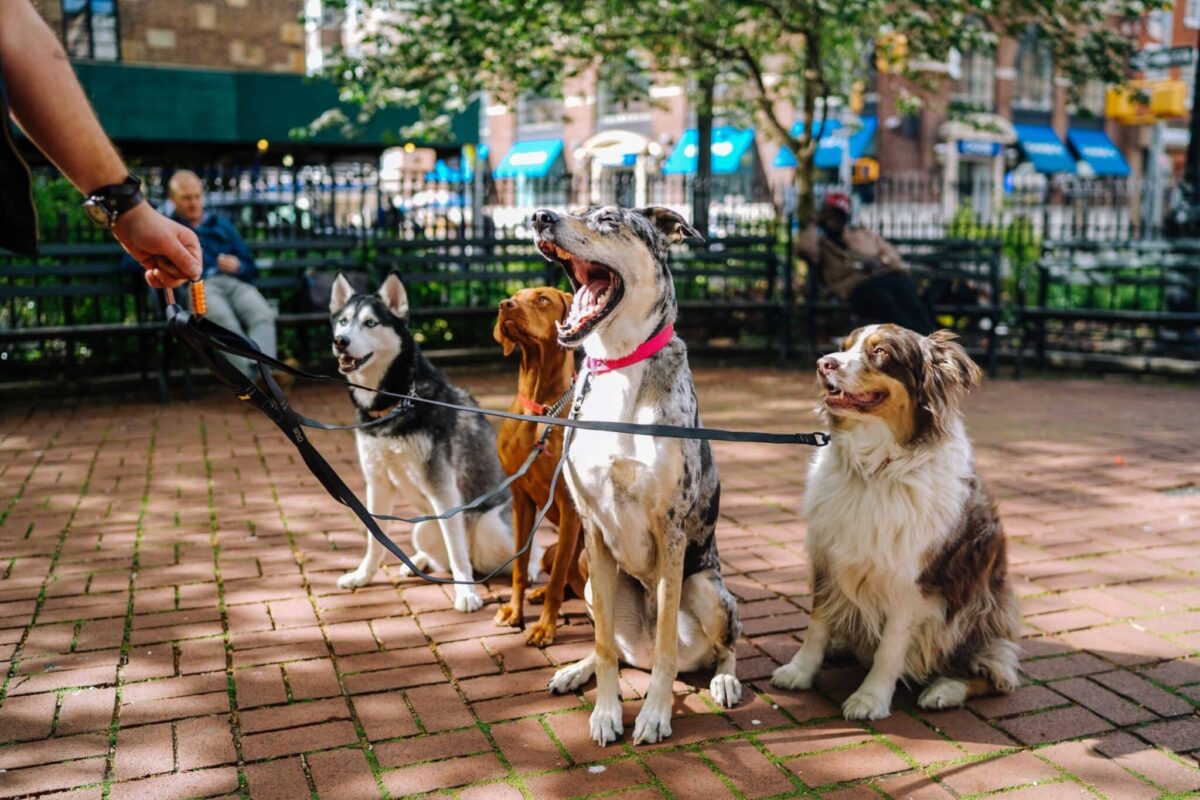
 English (US) ·
English (US) ·